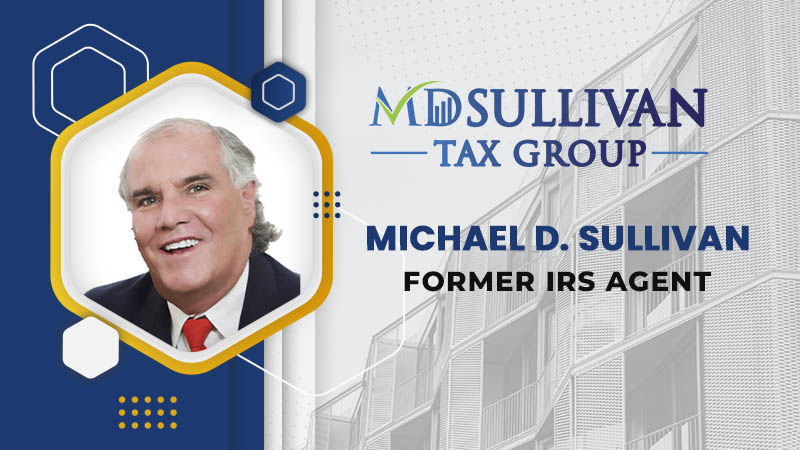The IRS is the most powerful collection agency in the world. They have many resources to find your money and your assets.
Locator Service Programs
Locator Service Programs are automated services to assist the IRS in finding and locating taxpayer’s assets. The IRS maintains a system for these programs and utilizes the information received to help their agents in the field. These services are not for public use, however other government agencies tap into the wealth of information found on this system.
The largest source for collecting information is the Internet
- The Internet is a powerful tool for gathering information about individuals and businesses. The information on the Internet can assist IRS employees in locating taxpayers and their assets. A great amount of information is available free of charge although many web sites charge a usage fee or provide information on a subscription basis. Effective use of the Internet can include the use of various websites to locate taxpayers and their assets. Taxpayers can use the same information that the IRS uses on the Internet.
- The Internal Revenue Service has current corporate contracts for locator services such as credit bureau services, and tax law research services and others.
- SPDER provides IRS employees with Internet (internal tools) – Intranet access on an as needed basis. These are protected secured sites that usually government agencies have right to tap into.
- Internet/Intranet access provides IRS employees with access to a number of computer applications including:
- The National Asset Locator tool, Accurint. This tool is used by almost all revenue officers when working field collection cases. You can subscribe to this service as well;
- The Credit Bureau Web browser, Smart.Alx;
- The tax research portal — LexisNexis this is used primarily for legal research.
- The IRS Intranet Home Page. These are restricted sites.
Asset Locator Research used by IRS agents
- IRS employees are required to research public records in person or online to locate taxpayers and/or their assets. This is required on ALL cases. The IRS has a current corporate contract for online asset locator research. This is used nationwide by all offices.
- The national asset locator tool provides easy access to public records such as real estate transactions, real property, corporate officers, vehicles, guns, boats, and aircraft, as well as information on people and businesses. There are vast resources available on the Internet which can also provide information on these topics and should be considered as a supplement to the national asset locator tools. The tips and leads available from the national asset locator tool help ensure quality case work and a high level of customer service whether searching one county or nationwide. These are easy and require little or no effort. They also can lead to the discovery of tax fraud.
Tax Law Research
The Service has current corporate contracts for tax and legal research services. These services are managed by Service-wide Policy, Directives, and Electronic Research.
- Although the IRS agents could perform tax and legal research using a search engine such as Google, MSN, Yahoo, or AOL, the IRS agent uses the commercial electronic research services provided by the IRS.
- Once again the IRS collection division uses this on a limited basis unless it is a large dollar case. Both CID and large dollar case group are more likely to use these tools.
- These electronic research services are fully linked to cited references which allow access to all tax law research material from one place.
Real Property Records
- The IRS uses the real property records as a critical source for locating taxpayers and their major assets. Many real property records are available online. Although real property records have yet to become universally automated anyone with a computer can use these records.
- In some states, and especially in large metropolitan areas, the real property records are available electronically from the courthouse without going through a third-party vendor.
- Some collection areas have been able to arrange for direct data base access where courthouse records are automated, but such arrangements may be complicated by the varying systems encountered from one county or city.
- Real property records are currently available for all the States and the District of Columbia through the national asset locator tool.
Department of Motor Vehicles
All states and the District of Columbia have a Department or Office of Motor Vehicles DMV.
- The Department of Motor Vehicles require state residents who own a motor vehicle to register their motor vehicle or vehicles, and require state residents who drive a motor vehicle to hold a valid driver license. In addition to driver licenses, motor vehicle departments issue identification cards to persons who require an ID card. The ID card looks like a driver license, but is used for identification purposes only. This is a great locator tool for individuals that have not filed their tax returns.
- Information maintained by the various motor vehicle departments varies from state to state. Most states provide driver information, secured ownership information, lien holders, and vehicle information on cars, trucks, etc. ID card information is also provided. The IRS will use this information to seize your car if it comes down to that.
- Information from twenty-five state motor vehicle departments at the writing and editing of this document, are now on the IRS system. Due to contractual and regulatory restrictions, some states are not available, and it is illegal to make this information public in some other states. Some collection areas have been able to arrange for direct data base access to motor vehicle records.
Summons Enforcement
Also keep in mind the IRS has summons and subpoena power to obtain third party records. Many times after pulling credit card records the IRS can summons for loan applications to find out what assets were listed on the credit application.
Uniform Commercial Code
National Uniform Commercial Code filing records contain information from commercial lien filings. These records are usually found in the city where the State Capital is located. These records can help find assets used by businesses to secure commercial loans or to learn about financial relationships between businesses and individuals. The results include:
- Debtor name and address;
- Date and state of filing;
- Document number;
- Legal type;
- Secured parties name and address;
- Number of secured parties;
- Number of debtor parties;
- Number of filings; and
- List of collateral.
Uniform Commercial Code information is currently available for all the states and the District of Columbia.
Corporate Information — Secretary of State
- Corporate information refers to each state’s Secretary of State, State Corporation Commission, or equivalent. These organizations provide information regarding the Date of Incorporation and the officers of the corporation.
- All states and the District of Columbia require that corporations register at the time of their incorporation, and the registration information is usually maintained in each State’s capital. Secretary of State information is one of the most effective sources available for corporate accounts. It provides third party information, corporate officers, and registered agents, and is also fairly effective for verifying the existence of assets. However, the effectiveness of Secretary of State information varies from one state to another based on the method used to access the information.
- Secretary of State information is currently available for all the States and the District of Columbia.
State Employment Commission Program —Tape Exchange Agreements
- The State Employment Commission Program involves tape exchange agreements between areas and the states. Every two weeks, a tape containing a file of all individual taxpayers in fourth notice status, CP 504, Final notice status is mailed to participating states by the responsible service center campuses. The controlling location code of the taxpayer determines to which state the taxpayer’s record is sent.
- This tape contains records for both primary and secondary Social Security Numbers. The state matches the social security number on the tape with those on its employment commission data base. For each social security number on the tape, the state will return at least one record, in many instances, multiple records may be returned, depending on how many quarters of information the state’s database contains. This is a great way to pick up levy source information.
- If a record does exist for the social security number, a matched record will be returned including the names and addresses of the taxpayer’s employers. For each matched record returned, a levy source record is created on the IRS computer system. If the IRS system shows that this levy source, as identified by the Employer’s Identification Number or state identification number, duplicates one previously sent, it will be dropped. The levy source record will identify whether the levy source belongs to the primary or secondary social security number.
- When a balance due account or final notice is passed to automated collection systems, all levy source records on IRS computer are forwarded automatically.
Other Tools
The IRS has a tool that is rarely incorrect and that is the tool of observation. If your case is generated to the field office, there is a real good chance the revenue agent is going to make a field call or visit to your physical location, meaning your house or your business. From there the IRS Agent gets a good idea of the scope of the case.
* This information is found on the IRS.GOV site with modifications and comments by Fresh Start Tax.
Should you have any questions, call, email or SKYPE us today.
1-866-700-1040



